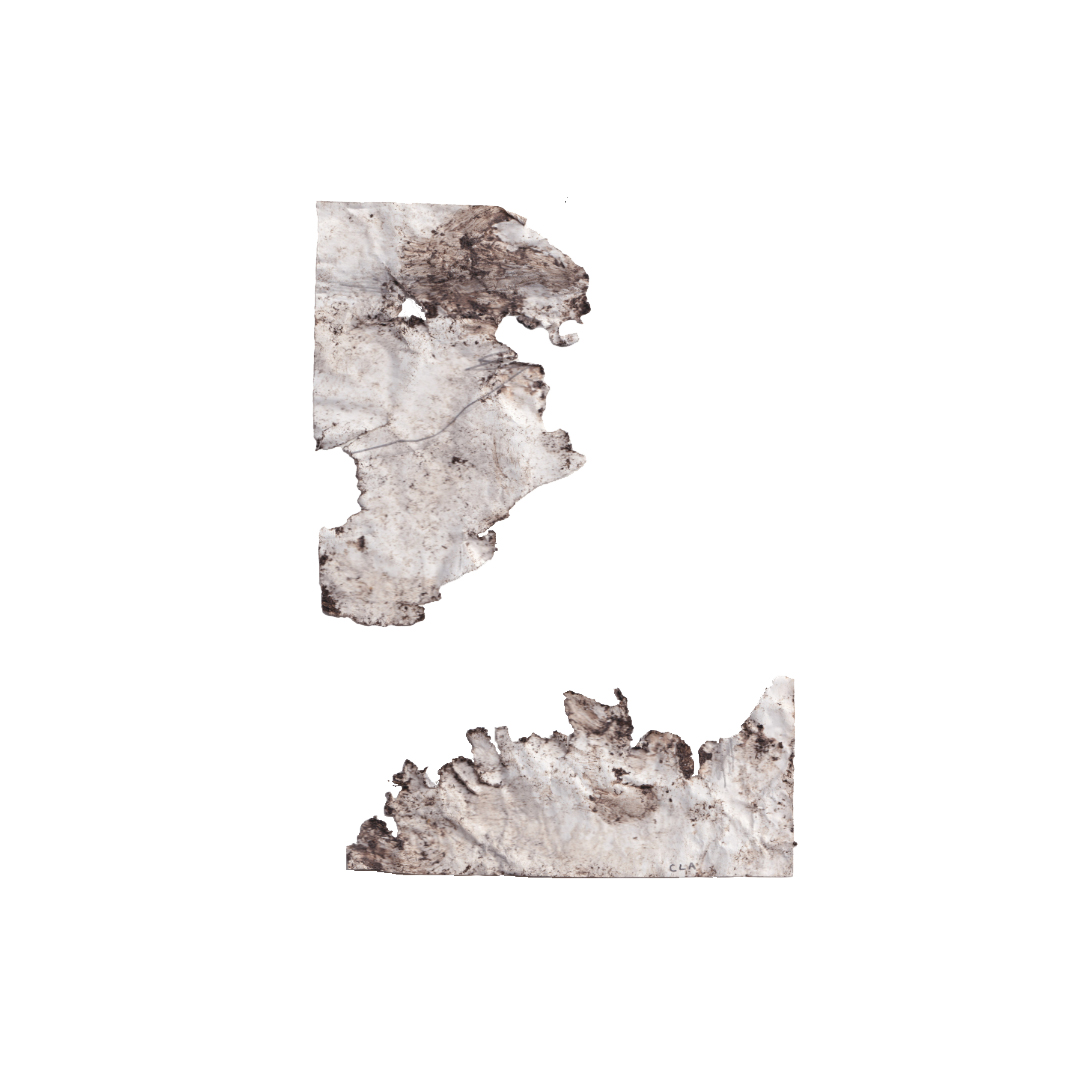Feeding, Spitting, then Feeding again
2019 - Fine Art - Calum-Louis Adams
Calum-Louis Adams is an artist and facilitator based in Brighton, UK. They work over a varied field of mediums with a focus on flexibility, although they usually take small observations on pop culture, politics, philosophy and art theory as their point of investigation. Spoof Design, Site-Specific Intervention and Visual Research are all utilised as tools for the critical exploration of societal trends, usually utilising the object-of-critique, as the material for the critique. Their criticality also extends to their involvement with the arts community QUILT, which aims to promote community-based arts practices and post-institutional creativity. Aside from their conceptual work, they also work within a specific drawing practice which favours collaboration between human and material other to realise non-representational imagery.
Instagram @Prolateriatpainter and @calumlouisadams, or on their website www.calumlouisadams.com.
‘Feeding, Spitting then Feeding again’
Text by Taylor Lyttleton
Calum-Louis Adams is a Brighton-based artist who’s conceptual practice takes drawing as its foundation, departing from the tradition of ‘artist dominating material’, to instead favour a collaborative effort between artist and material other. Most areas of Adams’ practice relies on recognisable imagery and design in order to stray toward the anti-image, a place where reimagining’s can occur. Often the artist works with the immaterial and ambitiously displays events through performative processes, imagery and objects.
Feeding, Spitting then Feeding again (2019) realises the potential for the production of works of art through exchange between artist and other, that being material other, tool and audience - democratising the experience of artworks, specifically that of drawing.
Upon first glance of Feeding, Spitting then Feeding again there is a sense skepticism; the sculptural drawings refrain from resembling a fixed thing and rather shares a likeness to multiple objects - for ordering and categorising things is human nature. The work becomes a site of enquiry. Adams refers to the works as ‘burial drawings’, an extension of a similar process they founded called ‘splintering’ whereby the surface of a material is transformed when subject to a ritualistic performance. This process entails chewing (and spitting out), kissing and scraping: visceral gestures that explore drawing in the non-traditional sense. In this instance, paper is the material and soil replaces the artists body as mark maker. For Feeding, Spitting then Feeding again the burial drawings are delicate fragments of paper, unearthed from a hand-made soil (charcoal, graphite, wood stain and clay) that are laid out and almost pieced back together in an attempted rectangular form reminiscent to that of their formative self. The missing pieces act as negative space and in this absence reveals a process of deterioration, materialising an invisible in-flux-ness.
Dictated by the interaction of the innate properties of earth, paper and time, the artist understands the work as a continuous collaborative effort “once I had reached that perceived ending, I could then mix the dust into a paste and meld it into something new... the possibilities really were truly endless”. This cyclical nature reveals how deeply connected the work is to the organic structures of the world and one is reminded of the earth as underground the surface, beyond the urban, immediate environment. Adams stance of making art from a sustainable method, not to mention the fact that the work is also temporal, contributes to an era of contemporary artists resilient to the mass-produced art market that prevails modern life.
Whilst resisting real categorisation, Feeding, Spitting then Feeding again evokes a primitive facet, through it’s elemental colour and rocky texture. I understand the work as Adams exercising a spirituality with earth, through playful yet sincere measures, while questioning the materiality of the art object and the authorial role of the artist. Adams becomes facilitator and soil becomes material process, working in exchange, one feeding and one spitting and the other feeding again, working in harmony, resisting a final objective.
Through process of burial and unburial, the artist and material other experience an intimate ritual - the more I think about it, the less absurd it becomes. The paper becomes subject to the recycling ecosystem, symbolic to that of life, death and, perhaps, afterlife.
Bearing resemblance to a map, ‘To Be Close to You’ reminds me, perhaps a little on the nose, of the UK’s departure of the EU - it feels sad and frustrating. A tension surfaces the negative space that keeps the remnants of ‘land’ oceans apart. Whether it’s in this geographical sense or in it’s geological aesthetic, Feeding, Spitting then Feeding again is concerned with our instinct to connect with environments and to understand meaning.
‘Vir. Horn (the Sheep)’ is slightly different from the rest in that it is whole and dense in mass due to it being folded (as suggested by the creases). Upon closer inspection a frayed stitch sits on the right long edge, possibly binding the layers together like a book. This piece is imaginative and makes me want to look inside, yet feels sacred because it’s been unearthed like an artefact. I won’t attempt to dissect what the title could mean, as I feel that’s besides the point. The point being, that it’s a non-functional piece of literature that Adams yet again challenges, subverting our understanding of language-image-text, and reveals our attempt to piece things together. I feel as though ‘Vir. Horn (the Sheep)’ summarises what Feeding, Spitting then Feeding again does as a body of work - it situates the viewer as archaeologist, glancing precariously at the material object revealed from the ground, insisting that we attempt to understand and connect with it.
In large, the work offers us to look at our own behaviours, whilst creating a microcosm for us to look in on and to wonder on the rhythms of life.
Read Calum-Louis’s essay on Taylor Lyttleton’s work HERE.


